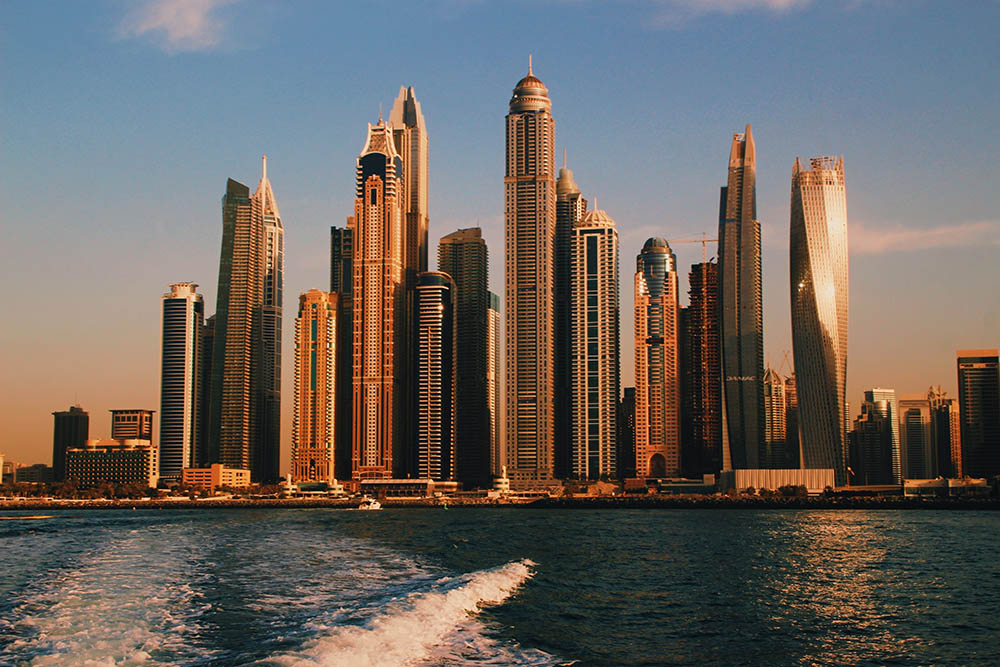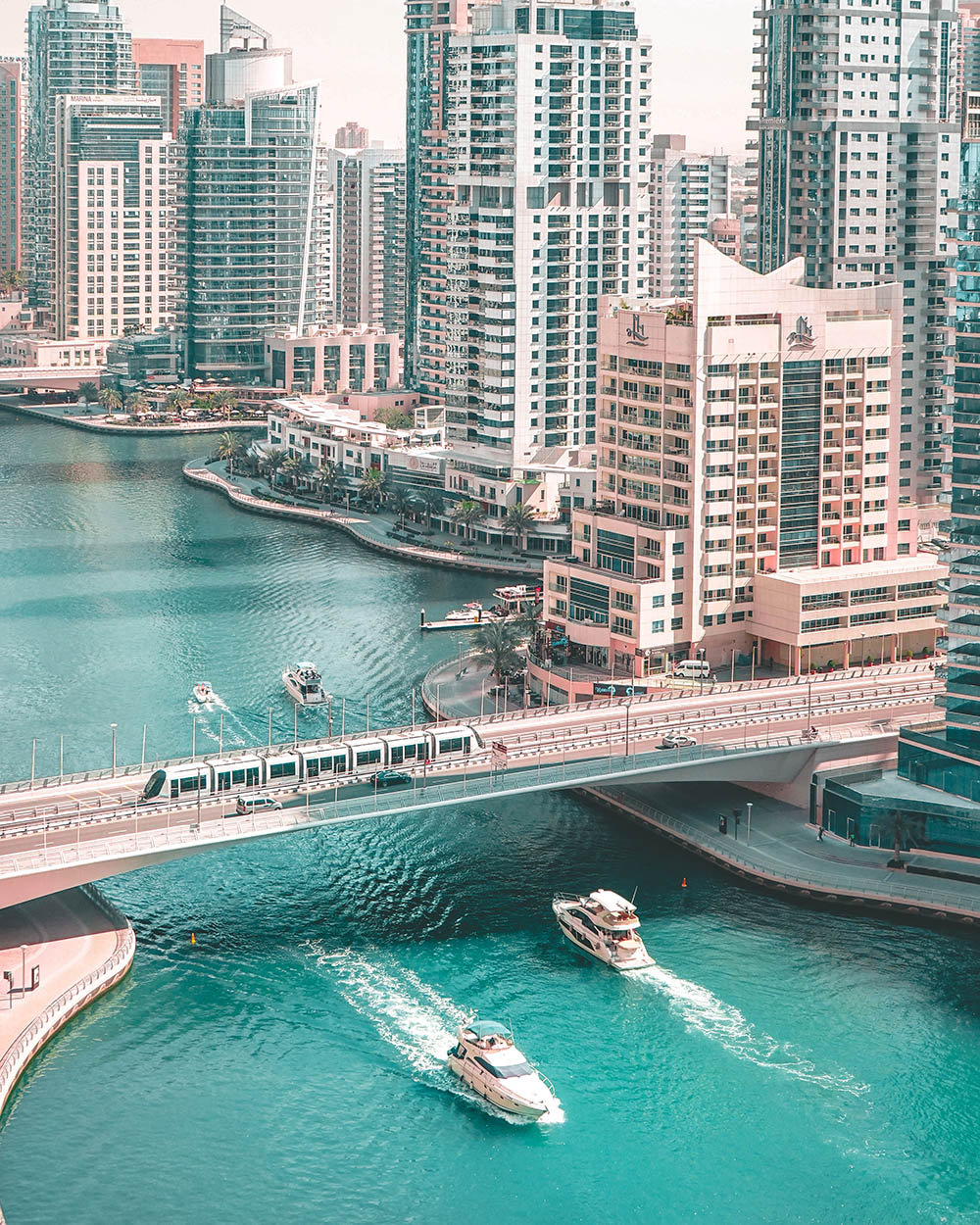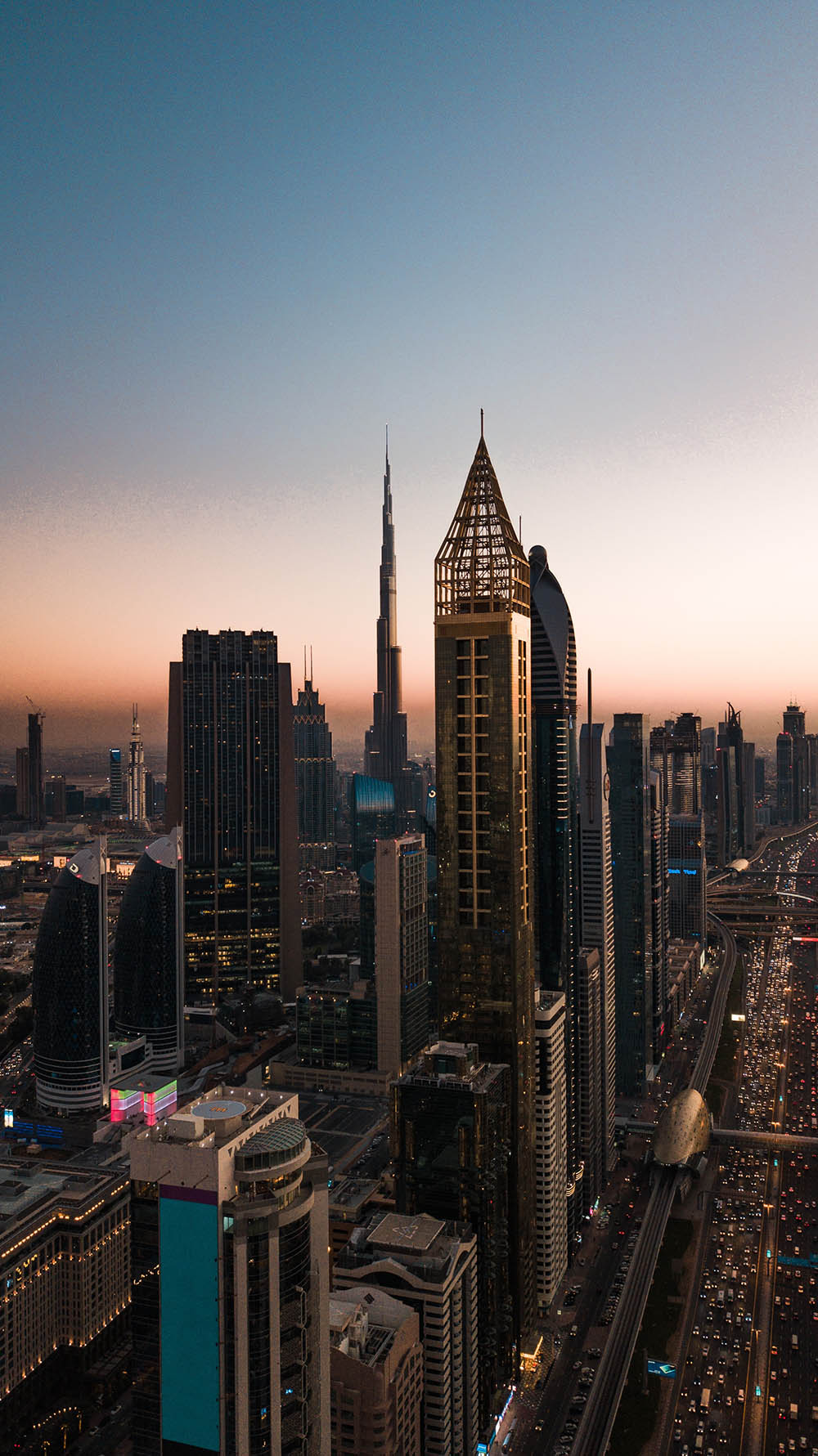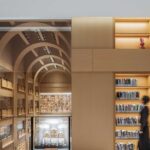
Designing an energy-efficient and comfortable home in Dubai can be challenging due to the extreme temperatures. However, some effective strategies include focusing on low-lying buildings, insulating properly, using external shading, and harnessing the power of trees. Additionally, creating a thermal labyrinth and implementing heat extraction techniques can help to maintain a cooler indoor environment. If you are working with a real estate agency in the UAE, you are likely to have already been informed which residential properties boast energy and climate-efficient practices. Let’s dive into some of them to get you ready for sealing a deal on real estate in Dubai.
Architectural Approaches Against the Heat
Building heat-resistant houses in Dubai requires careful consideration of various factors, but by implementing the following tips, you can create a comfortable, energy-efficient, and sustainable home that withstands the extreme temperatures of the UAE.

- Buildings that are constructed closer to the ground have less surface area exposed to the sun, thereby reducing heat gain. Additionally, the ground temperature remains relatively constant, which helps keep the building cool. The efficiency of the process can be increased by utilizing the ground as a heat reservoir, where heat is stored during warmer months and retrieved during cooler months.
- The temperature fluctuations between day and night can be reduced by leveraging a building’s thermal mass to store and regulate heat. Although concrete is a popular choice due to its thermal mass properties, there are several other eco-friendly and low-carbon options worth exploring, including stone, rammed earth, unfired bricks, and hempcrete. Even villas in Dubai are sometimes built with concrete, which is also in line with current design trends.
- Creating a thermal labyrinth is a way to cool passive ventilation without the use of chillers. The strategy entails creating a thermal mass basement labyrinth where air from outside is gradually circulated along the cooler walls before being redirected to the inhabited spaces. This helps to make the air less hot before it enters the living spaces.
- Hot temperatures can rise, so it’s important to focus on its extraction as well. Designing high-ceilinged areas where heat can amass away from living areas, incorporating high-level windows that can be opened to release hot air, and using chimneys equipped with wind cowls to draw air up through the building are effective strategies.
- Maintaining a comfortable indoor temperature that is independent of the outdoor temperature requires proper insulation. Thick insulation, made from eco-friendly materials, combined with double or triple glazing, and a green roof can significantly help achieve this goal.
- In order to prevent heat from entering the building in the first place, it is essential to use external shading. For building walls that face east and west, vertical shading is more effective, while for the areas where the sun is the highest, overhangs and horizontal shading work better. Deciduous trees are also helpful in providing shade, shedding their leaves in the winter when you need the warmth. This technique is widely used in complexes offering apartments for sale in Dubai. Some such facades and landscape gardens are even designed by world-famous professionals.
Making a Building Sustainable
Creating a cooler environment involves minimizing heat sources in urban spaces, such as vehicles and air conditioning units that emit hot exhaust into the streets. This method can help alleviate the urban heat island effect, mitigate the health consequences of heatwaves, and lower the energy usage of buildings.
Additionally, using trees can provide shade, support diverse ecosystems, improve soil quality, and cool the surrounding air through evapotranspiration. Trees take in heat from the atmosphere and use it to vaporize water in their leaves, which helps lower the temperature in the vicinity.

Tricks You Can Find in Dubai
The residential sector in the city has been expanding quickly, and developers are increasingly using various techniques to make homes heat-resistant due to the hot temperatures in the area. Solar panels have become a popular solution for powering homes, taking advantage of the plentiful sunshine throughout the year. Solar panels are reliable and help to decrease energy expenses and carbon emissions. As a result, numerous new residential developments in the city now include solar panels in their designs, which provides a more sustainable and economical approach.
Another frequently utilized method in urban residential properties is the incorporation of intelligent technology. With home automation technology, inhabitants can remotely control their indoor climate systems, leading to decreased energy consumption and reduced electricity costs. Several off-plan projects in Dubai now come furnished with advanced thermostats that can be managed through smartphone applications, ensuring that households stay cool and comfortable during the hottest months of the year.
In addition, developers are also incorporating green spaces into their property for sale in Dubai, providing residents with a place to relax in the shade of trees and plants. The presence of green spaces not only contributes to lower surrounding temperatures but also enhances air quality and creates a habitat for indigenous fauna.
Certain residential complexes in Dubai that consist of apartments integrate wind towers into their architecture. These wind towers are conventional design elements that have been utilized in the region for centuries. They work by capturing the breeze from outside and directing it into the home, providing natural ventilation and cooling. Find more such techniques and units using them on the official website of the renowned axcapital.ae real estate agency in Dubai.
Overall, the emirate’s residential sector has been successful in implementing a range of techniques to ensure that homes are heat-resistant, sustainable, and energy-efficient.



